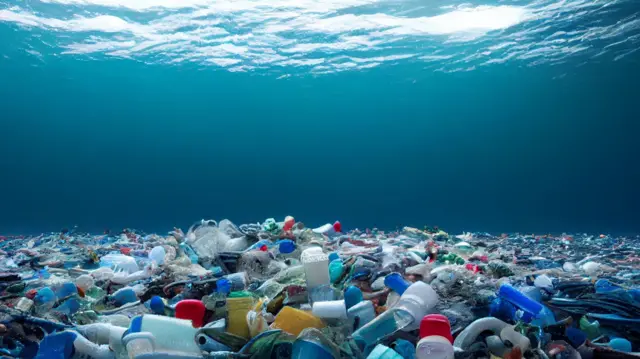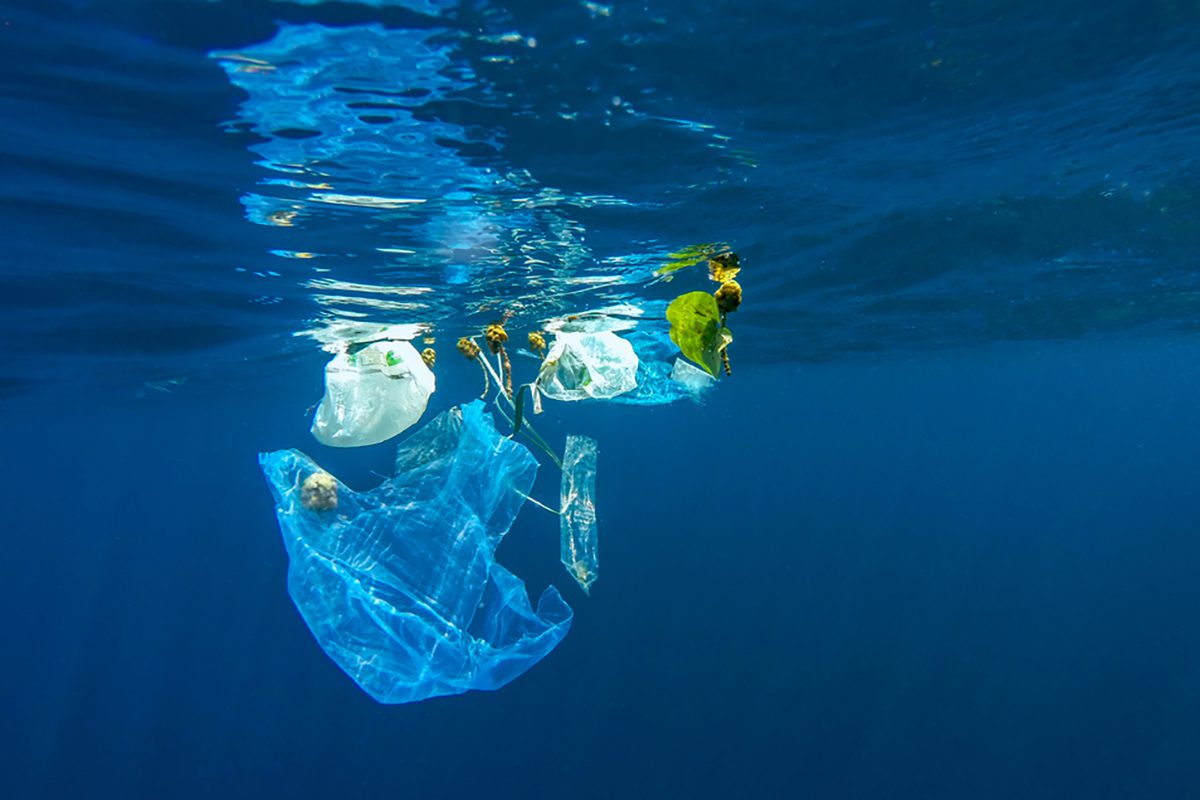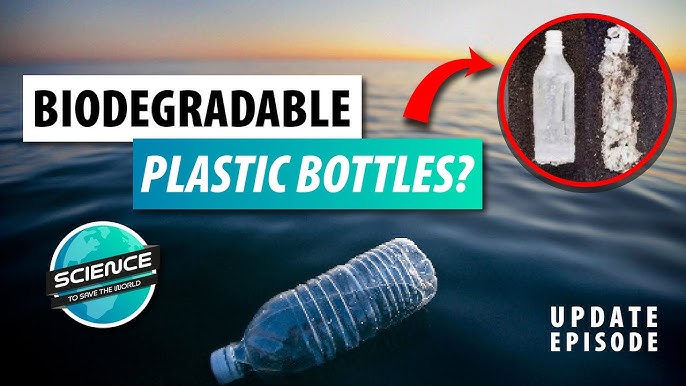A groundbreaking innovation by scientists at Japan’s RIKEN Center for Emergent Matter Science has the potential to transform the fight against plastic pollution. Researchers have developed an advanced biodegradable plastic that dissolves in seawater within hours and decomposes in soil in just 10 days. Unlike conventional plastics, which persist for centuries and cause severe environmental damage, this new material offers an eco-friendly alternative that minimizes pollution while enhancing soil fertility.
A Major Leap in Plastic Decomposition

Traditional plastics have long posed an environmental challenge due to their slow degradation. Accumulating in oceans and landscapes, these materials contribute significantly to global pollution and harm marine and terrestrial ecosystems. However, the newly developed biodegradable plastic from Japan marks a major advancement in sustainable materials.

When submerged in seawater, this innovative plastic completely dissolves within hours, preventing the formation of microplastics that threaten marine life. On land, the material breaks down within 10 days, transforming into organic matter that naturally enriches the soil. Unlike typical biodegradable plastics that still leave behind harmful residues or require industrial composting, this material decomposes rapidly under natural conditions, making it highly practical for widespread adoption.

A Soil-Boosting Plastic

Beyond its ability to break down quickly, this revolutionary plastic has a unique benefit: it enhances soil health. Once decomposed, it increases the organic content in the soil, improving fertility and supporting sustainable agriculture. This feature distinguishes it from most biodegradable plastics, which simply disintegrate without offering additional environmental benefits.
Furthermore, the breakdown process of this plastic does not release carbon dioxide (CO2), making it an even more attractive option for combating climate change. Conventional plastics and many biodegradable alternatives contribute to greenhouse gas emissions during decomposition, but this Japanese innovation helps mitigate climate change rather than exacerbating it.
Recyclability and Safety
One of the standout features of this new biodegradable plastic is its full recyclability. Unlike traditional plastics, which often end up in landfills or incinerators, this material can be reused efficiently, reducing dependence on new plastic production. This characteristic supports a circular economy, where materials are continuously repurposed rather than discarded.
Additionally, the plastic is made from non-toxic ingredients, ensuring it poses no harm to humans, animals, or the environment. This is a crucial advantage, as many synthetic materials contain chemicals that can leach into ecosystems, disrupting wildlife and contaminating food sources. By eliminating toxic compounds, this biodegradable plastic provides a safe alternative for various applications.
Industry Applications and Future Potential
The versatility of this plastic means it could be utilized across multiple industries, revolutionizing packaging, medical devices, and industrial applications. In packaging, it offers an ideal solution to the plastic waste crisis by providing a sustainable alternative to single-use plastics. Medical devices made from this material could safely degrade after use, reducing biohazardous waste. Additionally, industrial sectors could adopt this plastic for manufacturing components that naturally break down after their lifespan, minimizing environmental impact.
As global efforts to combat plastic pollution and climate change intensify, this Japanese innovation presents a viable and scalable solution. Its rapid decomposition, recyclability, and eco-friendly composition position it as a leading candidate for replacing conventional plastics in everyday use.
A Step Toward a Cleaner Future
The development of this biodegradable plastic underscores Japan’s commitment to sustainability and technological advancements in environmental protection. By addressing the persistent challenges of plastic waste and pollution, this innovation paves the way for a cleaner planet and a more responsible approach to material production.
With further research and commercial implementation, this material could significantly reduce the global reliance on harmful plastics, bringing humanity one step closer to a waste-free, sustainable future.



